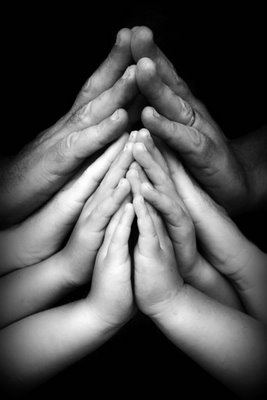

Physically, pressing the palms opens the space between the shoulder blades and stretches the wrists. Benefits:ĭuring asana practice, taking the mudra helps us focus our attention, feel centered, and bring poses into balance. When you bring the hands together behind your back, try to seal the hands together at the base of your palms. To do this, roll the shoulders down and back, opening the front of the chest. In a reverse Anjali mudra, the palms are joined behind your back, ideally between the shoulder blades. Bringing the mudra in your third eye (Ajna chakra) focuses your attention on your intuition. Bringing the joined hands to your sternum (heart chakra) with the forearms parallel to the floor stretches the wrists and directs your awareness to your heart centre. Relax your shoulders away from your ears. There will naturally be a little hollow of space between the centres of the two palms.ĥ.

Keep the sides of your fingers touching.Ĥ. Extend the pressure up through each finger and the thumbs to the very tips.ģ. Taking your two hands in front of your chest, press the palms together.Ģ.
#IMAGES OF JOINING HANDS FOR PRAYER HOW TO#
How to Do Anjali MudraĪlso Known As: Atmanjali Mudra, Namaskar Mudraġ. That gesture represents our gratitude, universal connectivity, and equality. Many yogis associate Anjali mudra with the practice of offering thanks to our teachers at the end of class when we exchange Namastes and bow our heads over our pressed palms. Pressing the two palms in front of the chest is an everyday greeting in India, a gesture of prayer in many spiritual traditions, and a symbol of gratitude in yoga and beyond. Anjali mudra crosses cultures and language barriers, uniting humans around the world who understand that this is a gesture of respect. Chances are, you’ve used this simple hand position to express gratitude, devotion, or as a greeting. You may also know it as Namaste position, prayer hands, or simply pressing the palms together. One of the most commonly used gestures is called Anjali mudra. Each finger is also traditionally tied to one of the five elements, so stimulating various combinations produces specific results. In Hindu iconography, mudras help identify the attributes of the deities. Mudras are based on reflexology pressure points in the hands (the large number of nerve endings in the hands make them especially sensitive), as well as concepts of the subtle body such as chakras (energy centres) and nadis (channels that connect the chakras). Most people who do yoga are familiar with asana (postures) and pranayama (breathing), maybe even mantra (chanting) and drishti (the gaze), but many of us are just scratching the surface of mudra (seals), the hand gestures that are an integral part of some types of classical yoga and meditation.


 0 kommentar(er)
0 kommentar(er)
